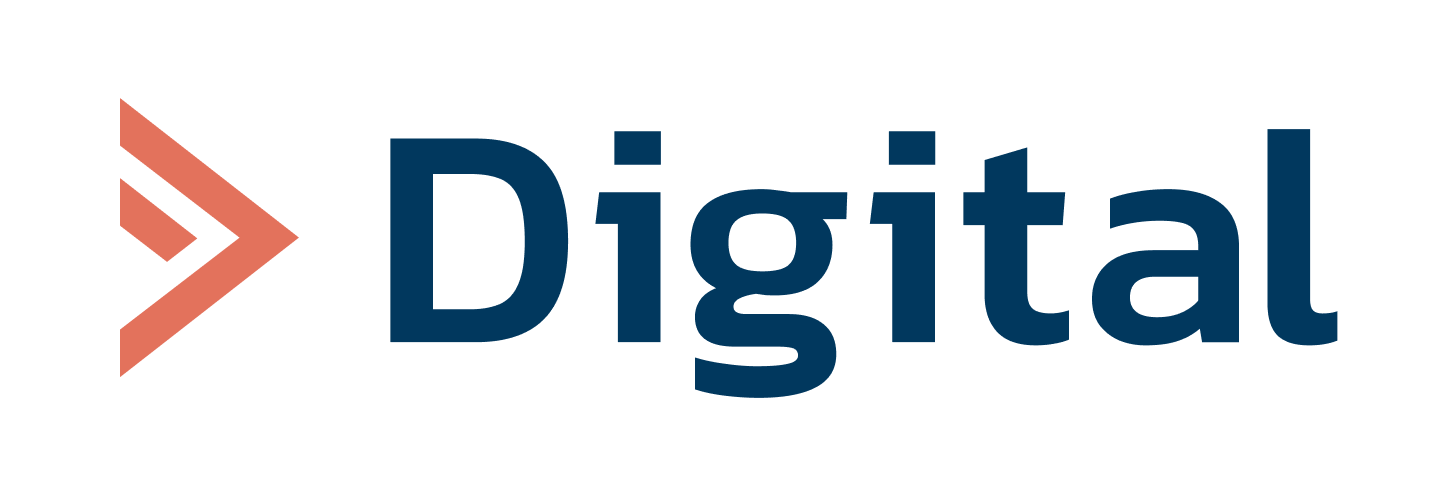The digital health market is expanding fast – IQVIA’s Digital Health Trends 2024 estimates there are roughly 337,000 health-related apps today. Behind that impressive number lies a worrying statistics: around 90% of startups never reach a market release, and of those that do, roughly 20% shut down within the first year. For developers and investors, this is a landscape full of hidden traps, where success depends not only on the strength of the idea but also on the ability to navigate dense regulatory filters.
Author: Dzmitry Korsak
Innovent Biologics announced that its GLP-1 drug, Mazdutide (6 mg), achieved better results than Novo Nordisk’s Semaglutide (1 mg) in a study involving patients with type 2 diabetes and obesity. In the DREAMS-3 trial, Mazdutide reduced HbA1C by an average of 2.03% compared to 1.84% for Semaglutide, and patients lost 10.29% of body weight versus 6% with Ozempic.
In mid-October, the World Health Organization released a report on digital health and the role of technology in national systems. It warns that without proper coordination and government support, digital solutions may unintentionally deepen inequality — a reminder that innovation’s impact depends on the context in which it’s applied.
In recent years, more and more mental-health care startups have pinned their hopes on AI, promising “therapy without the therapist.” Yet thoughtless automation often backfires: clients receive shallow support, and in crises, AI therapy apps simply don’t cope. Algorithmic errors erode trust not only in digital therapy but in AI itself.
magine that there is a model that predicts an individual’s risk of thousands of diseases based solely on their medical history. What product would you like to create based on this model? This is not a hypothetical question – such a model already exists. It is described in a recent article in Nature, is publicly available, and is waiting for a team that can put it into practice.
The Indian surgical robot Mizzo Endo 4000 may not be the work of local engineers at all. A rival company has accused the robot’s manufacturers of importing equipment from China under the guise of local production.
We see MedTech today as a structural pillar of healthcare: tests and analyzers, monitors and pumps, CT/MRI and ultrasound scans, implants and disposables, as well as software for monitoring. Europe spends nearly 1% of the EU’s GDP on it; this figure may look modest to some, but the effect is cumulative and systemic, implying further steady growth. The money goes into tools without which patient pathways often cannot even start.
The Nobel Prize in Physiology or Medicine this year has been awarded to Mary E. Brunkow (Institute for Systems Biology, Seattle), Frederick J. Ramsdell (Sonoma Biotherapeutics, San Francisco) and Shimon Sakaguchi (Osaka University) “for their discoveries concerning peripheral immune tolerance.” The 11 million Swedish kronor prize will be shared equally, and the award ceremony will traditionally take place on 10 December in Stockholm.
A large multicenter study in the United States found that using ambient AI scribes for clinical documentation lowers burnout and eases workload for clinicians. The system tested was Abridge, rolled out across six health systems. Results were published on October 2, 2025, in JAMA Network Open.
A multi-pathology AI “copilot” that analyzes chest/abdomen CTs. It detects, segments, and packages results for over 20 acute pathologies in parallel targeting emergency department. We asked the founder of xAID, Kirill Lopatin, to walk us through the system’s core workflow.

